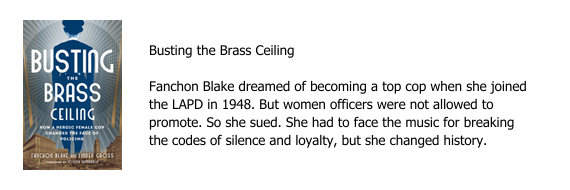How to revise your first draft doesn’t stop with turning narrative into active passages that allow your reader to experience what’s happening vicariously as discussed in Part 1 of this series. Once you’ve gotten those broad strokes of your revision in hand, including turning informative paragraphs into action scenes packed with dialogue and thoughts, you can start to focus on incorporating telling characterizations and detail. I want to feel, see, hear, touch, taste, smell what’s happening.
Details aren’t just luxuries when you’re writing fiction or narrative nonfiction. They’re the glue that will hold your readers’ attention and convince them to stick with you. The judicious use of details brings a story to life, allowing the reader to fully experience the action you’ve just added to your book.
That’s just the start. Not only do details make characters and locales jump to life, but they also set the mood and tone of your story and, when carefully chosen, capture the essence of the person or place you’re writing about.
So, think of yourself as a camera with smell-o-vision, taste-o-vision and feel-o-vision and record what you’re seeing, hearing, feeling, smelling and tasting. You want to emphasize particularly revealing details to help spark your readers’ emotions. Then show what’s happening instead of telling us about it. (Yes, it all gets back to that.)
Isn’t This Taking a Long Time?
Yes. You’re going to wind up spending quite a while on all these what-comes-after-the-first-draft stages. It’s not uncommon for revisions to take at least three times longer than the time spent writing your first draft. Impatience will only make you stress about a process that is at least as necessary as that initial brain dump. So, you might as well resign yourself and enjoy the ride, especially since it’s far from over.
Line Editing
Depending on how you feel about your manuscript at this stage, you will continue honing the material, or you will move onto language.
Even though you will need to hire a professional line editor, it’s important for you to first work with your prose. This is when you’ll be scrutinizing your manuscript line by line, evaluating everything from sentence construction (are you writing actively and using verbs that lend power to your prose rather than passive sentences that rely on verbs like to be and to have?) to language use. Other issues you’ll be looking for include:
- Vocabulary precision – have you chosen the best possible word?
- Language that can be tightened by getting rid of unnecessary words or sentences
- Run-on sentences
- Word repetition
- Concept repetition
- Dialogue that’s doesn’t sound natural or where everyone sounds the same
- Confusing action
- Disjointed flow
- Digressions that don’t add to the narrative
Hurray! Once you finish your line edit, you’re ready to hand it over to the pros. That’s next.




















0 Comments